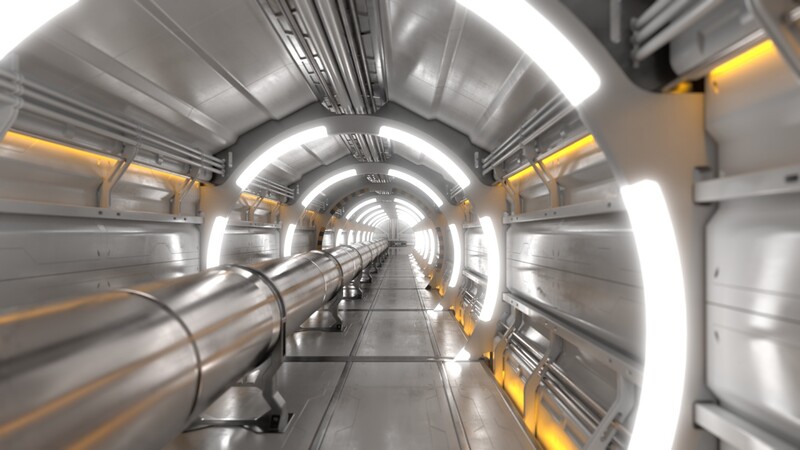The problem: CERN’s Large Hadron Collider hasn’t made many major discoveries since the Higgs boson in 2012. One breakthrough many scientists were hoping for was in the area of dark matter and dark energy, which could explain the behaviour of the 95% of the universe that isn’t covered by existing theories of physics.
The solution: Build a bigger particle collider. With a circumference of roughly 91 kilometres, the Future Circular Collider (FCC) would be over triple the size of the Large Hadron Collider. The first phase, to be finished in the mid-2040s, would allow the FCC to collide electrons and positrons. The second phase, set for the 2070s, would collide protons with magnets so advanced that they haven’t been invented yet. In both phases, the collisions would create more particles — be they Higgs particles or newly discovered ones — in hopes of finding ones that lend themselves to theories of dark matter and energy.
The plan, which is in the midst of a feasibility study, is not without its critics. The U.K.’s former chief science officer described the €20 billion price tag as “reckless” and better spent on addressing climate change.
